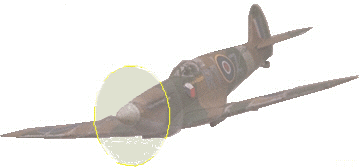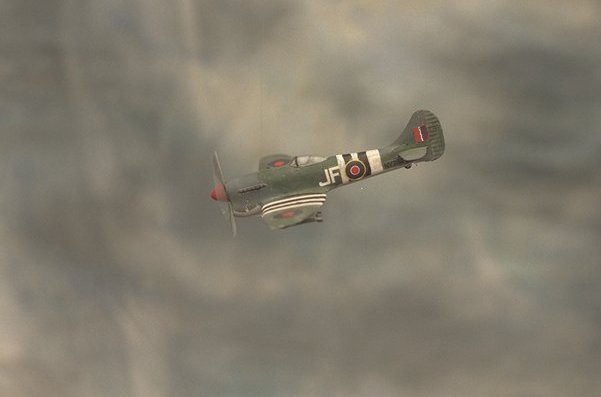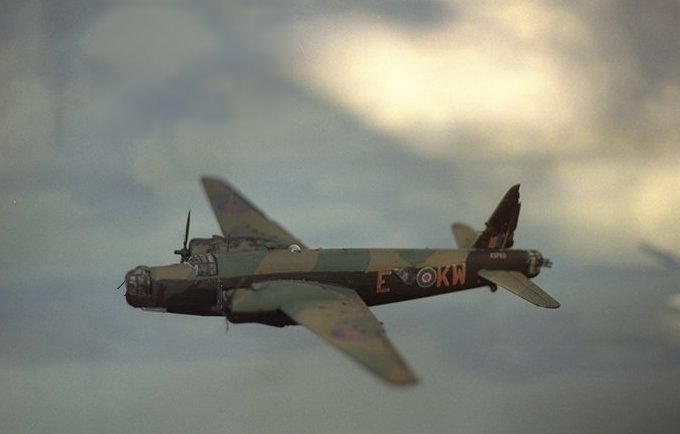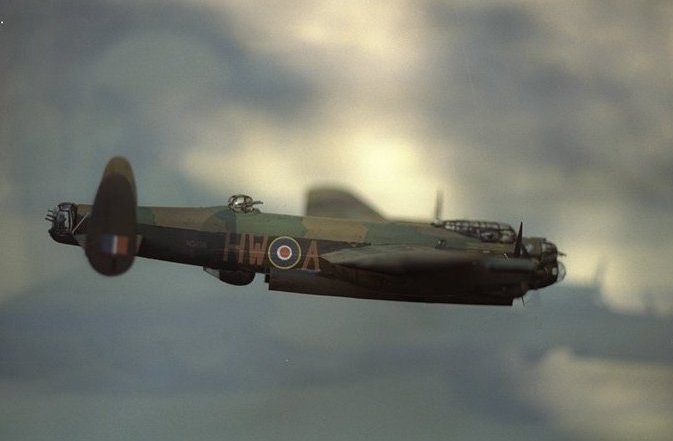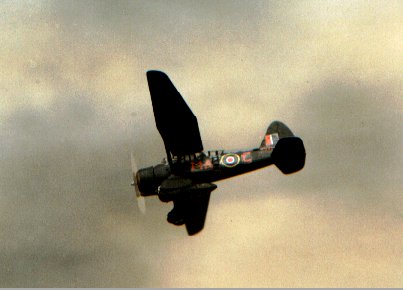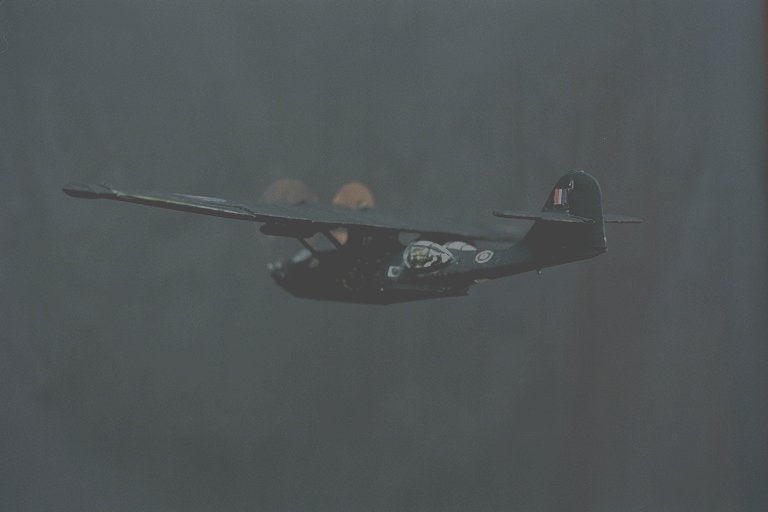|
|
Spitfire Vb 312 (Czech)Sqn RAF March 1942 |
|
A Brief History of the RAF: The RFC, which gave birth to the RAF, was formed in 1912. It comprised a Military Wing, a Naval Wing, The Royal Aircraft Factory and the Central Flying School. Eighteen months after its formation, the Naval Wing of the RFC was reformed into the Royal Naval Air Service. It was from these branches that the RAF was formed on 1st April 1918. Whereas the RFC squadron numbers were largely retained from 1 to 199, the number 200 was added to that of each RNAS Squadron, thus 3 Sqn RNAS became 203 Sqn RAF. In 1918 the combined strength of the RAF was 188 squadrons but with the massive disarmament programmes instituted following the slaughter of the previous years this was quickly reduced to 12 squadrons. Additionally, it was generally believed that in any future war offensive air power would be decisive, thus the statement made by Stanly Baldwin in 1932 that "..the bomber will always get through" was accepted as a fundemental truth and was never seriously questioned for nearly twenty years. Under the guidance of Sir Hugh Trenchard, Britain formed an Air Force independent of Army or Navy control. It was also developed as the first strategic air force in the world at the time. The emphasis was therefore on bombers. Indeed, nearly all aircraft development in the inter-war years was directed towards bombing. Fighters, being defensive weapons, were considered an irrelevance. To illustrate this doctrine, the F2b Bristol Fighter introduced on the Western Front in 1916 was still in RAF Service in the early 1930s! Another area that was in need of massive improvement, and for which Trenchard was primarily responsible, was training. During the First World War pilots had arrived at front-line airfields often with less than 20 hours total flying time. Operational losses were very high, particularly for these novice pilots but training accidents too took an unacceptably heavy toll. The life expectancy for a front-line pilot was six weeks, but most novices were killed in their first or second sortie. An Air Training Command was formed in 1936 In the inter-war years training was given a high priority but with little consideration as to the role the RAF might be asked to play in the event of a future war. Air-gunnery, bombing, navigation (especially at night or through undercast) and radio communications were all sadly neglected in favour of pilot training and fair-weather navigation during daylight. Air-gunners, flight engineers and bomb aimers were all volunteer ground crew who carried out this role in their spare time and were not specifically trained in their tasks, for which they received an additional sixpence a day, (2 ½ pence in today's currency). The result, coupled with aircraft design based on the experiences of the last war, was to leave the RAF woefully unprepared the the needs of the future. Had it not been for the much argued development of the metal-skinned monoplane fighters, including the Hawker Hurricane and the Supermarine Spitfire, Fighter Command would still have been equipped with lightly armed, open-cockpit biplanes. As an example of this philosophy, the Bristol Blenheim entered RAF servive in 1937. The same year that the latest RAF fighter, the Gloster Gladiator, was also introduced. Germany's rearmament programme and the development of the Luftwaffe caused great alarm in Britain. This resulted in a shift in policy towards fighter production, although this was largely dictated by cost rather than military thinking. However, much credit for this later development and many other initiatives must be given to Sir Edward Ellington, Chief of Air Staff 1933-37. It was under his leadership and the far-seeing programmes of his subordinates, Sir Hugh Dowding (Fighter Command) and Sir Edgar Ludlow-Hewitt (Bomber Command), that the RAF was able to rise to the challenge and start to shape a grossly neglected air-arm into an effective fighting force. It was almost too late. RAF expansion did not begin until 1934 and the aircraft manufacturing industry was not designed or equipped to deal with large orders for military aircraft. That is not to say that the RAF was ready by 1939, it wasn't, but the process had begun that would enable the RAF to respond with increasing effect over he next six years. |
|
